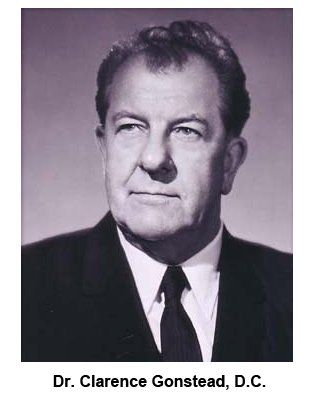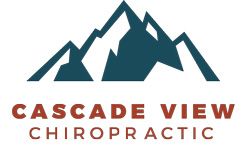Chiropractic Care for Degenerative Disc Disease
Chiropractic care is a treatment
option you may want to try for
degenerative disc disease (DDD).
The first step the chiropractor will take with DDD is to carefully determine if you have a true disc-related problem.
If you have degenerative disc disease and back pain is your main symptom, the chiropractor may examine 3 potential causes:
- Degeneration in the spinal joints may be disturbing the mechanics of the spine.
- Thinning and degenerative discs might be bulging and putting pressure on spinal nerves.
- Spinal stenosis can cause back pain and leg pain.


How Does a Chiropractor
Diagnose Degenerative Disc Disease?
During your initial evaluation, your chiropractor reviews your past and present medical history, which includes a discussion about your current symptoms and the potential cause.
A physical and neurological exam helps pinpoint potential problem areas, such as where joint motion is restricted (eg, range of motion), abnormal spinal curvature, muscle spasms and/or trigger points, or evidence of injury (eg, sprain, strain). Of course, there are many different reasons why your neck or back may hurt, and your chiropractic assessment may include a few simple tests.
Your chiropractor will also observe how you walk, as well as your overall posture.
Those details will help him or her understand your body mechanics and how your spine moves.
You may also need an imaging test, such as an x-ray or MRI.
After your examination, the chiropractor will diagnose your condition and develop a treatment plan to reduce back pain and other symptoms of DDD.
Chiropractic Treatments for Degenerative Disc Disease
The goal of chiropractic care for DDD is to improve joint mechanics by improving spinal motion and reducing inflammation. The chiropractor may also work on improving the function of the intervertebral discs—but that’s only if you do not have advanced disc degeneration.
To help treat your DDD symptoms, your chiropractor may use spinal manipulation (also called spinal adjustment). There are multiple types of spinal manipulation, including:
- Specific spinal manipulation: Your chiropractor will identify the joints that are restricted or those that show abnormal motion. He or she will work to restore movement to the joints using a gentle thrusting technique.
- Flexion-distraction technique: This type of spinal manipulation uses a gentle, non-thrusting technique; it’s typically used to treat herniated discs and spinal stenosis.
- Instrument-assisted manipulation: This technique uses a hand-held instrument. The chiropractor applies gentle force without thrusting directly into the spine.
Manual therapIES may also be used to help treat DDD symptoms. Examples of manual therapy techniques are:
- Trigger point therapy: The chiropractor identifies tight painful points on a muscle and puts direct pressure on these points to relieve tension.
- Manual joint stretching and resistance techniques: Your chiropractor may use one of these techniques to relieve pain and other DDD symptoms.
- Therapeutic massage: Massage can help reduce muscle tension.
- Instrument-assisted soft tissue therapy: An example of this type of manual therapy is the Graston technique, which uses an instrument to reduce pain and other symptoms.
In addition to spinal manipulation and manual therapy techniques, your chiropractor may use other types of therapy to help reduce inflammation caused by DDD. Examples are:
- Interferential electrical stimulation: A low frequency electrical current is used to stimulate your muscles to reduce inflammation.
- Ultrasound: Ultrasound may help reduce muscle spasms, stiffness, and pain by sending sound waves deep into your muscle tissues. This creates a gentle heat that enhances circulation.
Your chiropractor may also recommend therapeutic exercises, which can help reinforce your other treatments. With chiropractic care, prevention is key, and therapeutic exercises can prevent your symptoms of degenerative disc disease from getting worse.
How Does Chiropractic Care Help Treat Degenerative Disc Disease?
Your chiropractor will work hard to treat your degenerative disc disease and address all your DDD symptoms. But chiropractors treat the “whole person”—not just your specific symptoms. Your chiropractor may educate you on nutrition, stress management, and lifestyle goals in addition to treating your degenerative disc disease symptoms.


